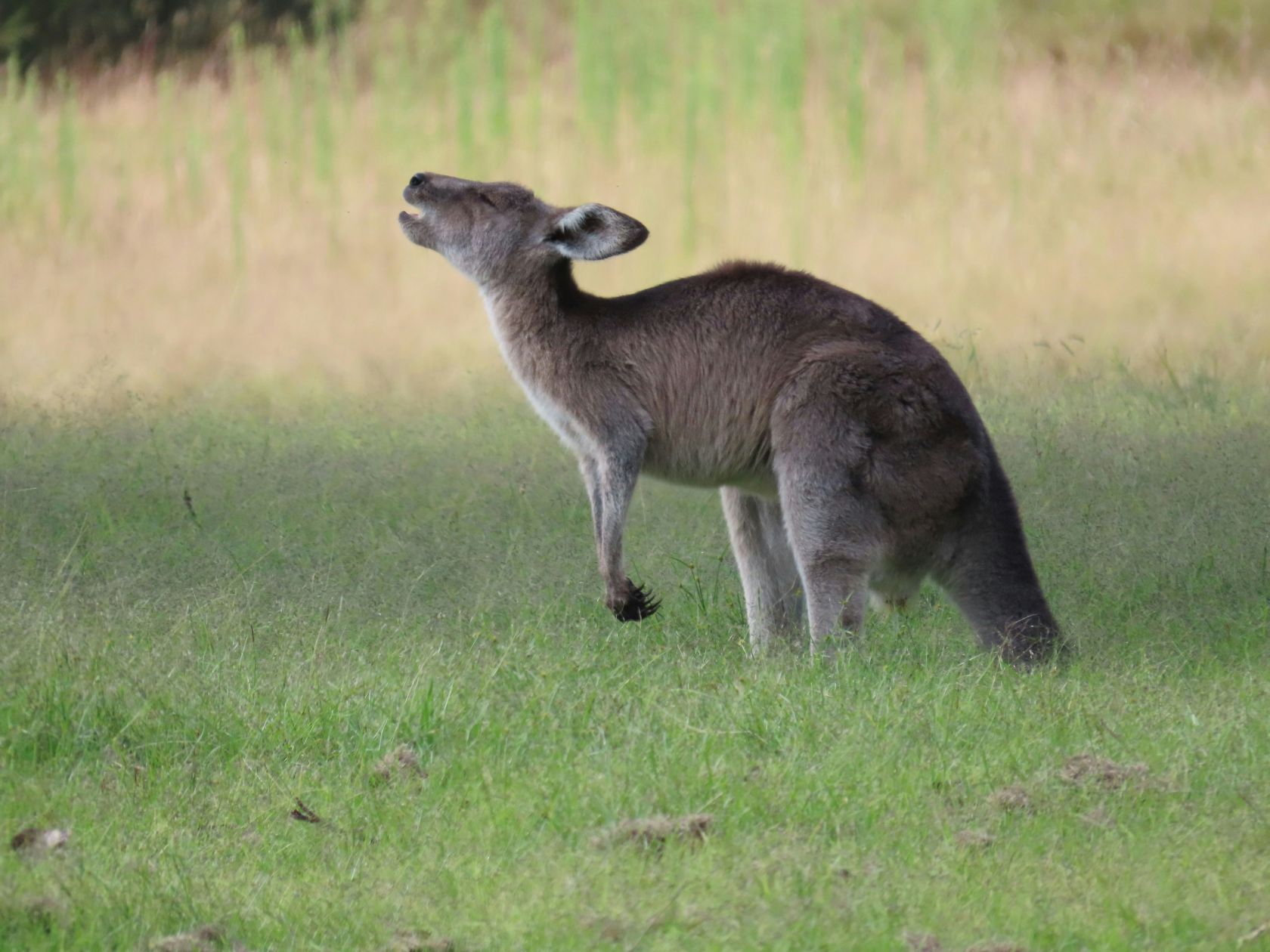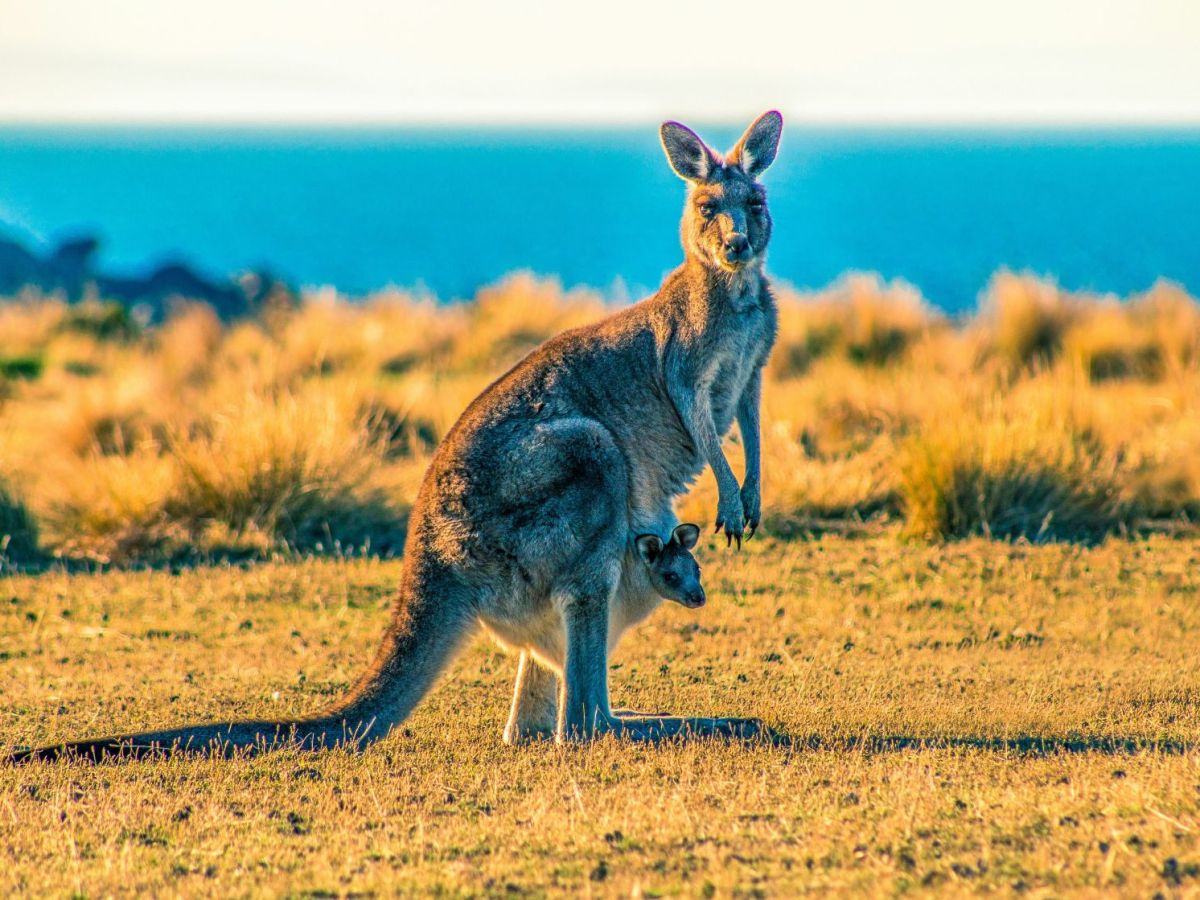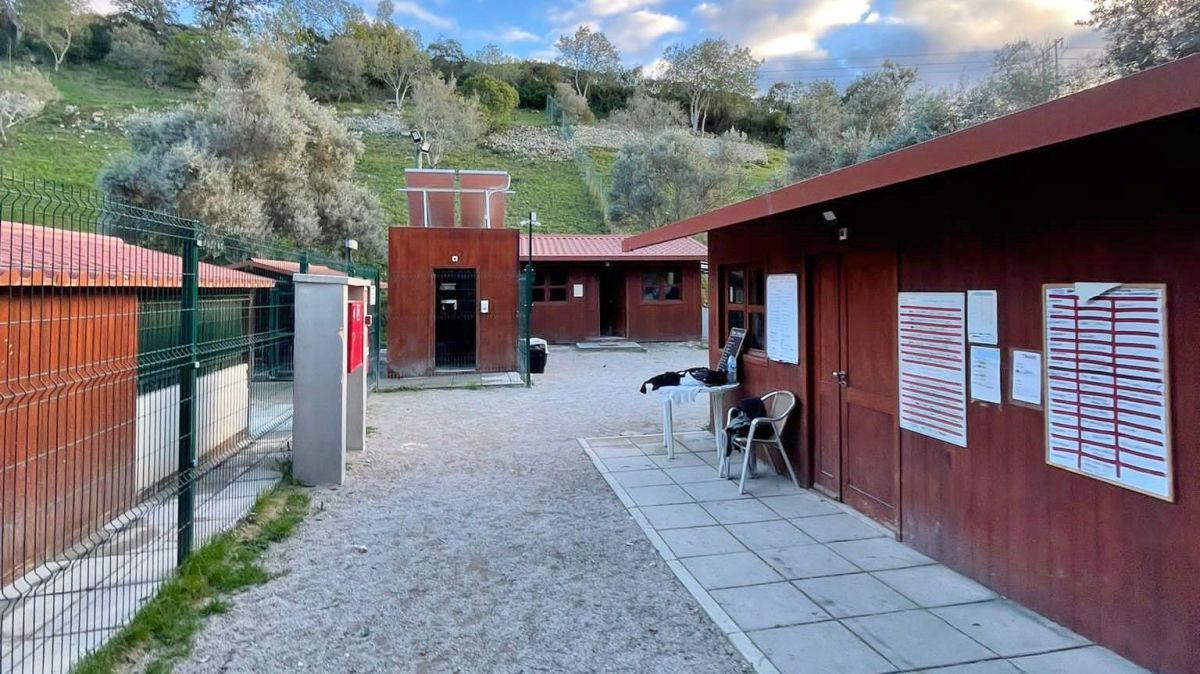Kangaroos are a bit of a joke in appearance too, with enormously long back legs with back-to-front knees, little short forearms, a small head and a hugely muscular tail. They are native to Australia, and their earliest ancestors were apparently tree-dwellers, but over millions of years, they adapted to life on the ground, eventually developing their characteristic hopping gait and becoming the iconic marsupials we know today. What distinguishes them from all other animals is the pouch on the bellies of the females, used to carry their tiny young.
There are an unbelievable number of marsupials - between 330 to 387 known species living today, with the majority found in Australia and New Guinea, and the rest primarily in the Americas. They encompass many species, including kangaroos, koalas, opossums, possums, Tasmanian devils, wombats, wallabies, and bandicoots. These animals share the characteristic of giving birth to young that complete their development in a pouch.
Not all Marsupials have a pouch
Though the word 'marsupial' comes from the Latin word 'marsupium', meaning ‘pouch’, not all marsupials have pouches. The pouch is to protect the offspring while they suckle, and is sometimes just a fold in some species. All marsupials give live births very early, making the young animal essentially a helpless premature embryo.
Babies are usually called Joeys
Infant marsupials, called joeys, are about the size of a grape and are blind and hairless at birth. They use their developing limbs to instinctively crawl from the birth canal into the mother's abdominal pouch, where nipples sustain them until they are large enough to fend for themselves. The mother ultimately decides when she had had enough of carting her Joey around, she simply refuses to let it back in, usually when it has finally grown too big to fit. Mum may contract her pouch muscles or simply stand up to block entry when Joey is no longer welcome to his cosy home!
Even the name ‘joey’ has a history – it’s an Australian term used to refer to a young animal or child, possibly derived from the slang term for the old Joseph Hume (who lobbied for its production), ‘joey’ fourpenny coin, and is now used collectively for the young of several marsupial species. The term was recorded in use in 1839 and has since been accepted as a general term for all baby marsupials.
Kangaroo genitals are weirder than you ever thought possible (no sniggering please)
Female kangaroos have more than one uterus. This unique reproductive system, shared by most marsupials, consists of two uteri, two vaginas for sperm, and one central vagina for a birth canal. This arrangement allows a female kangaroo to be perpetually pregnant and raise multiple offspring at different developmental stages simultaneously. This system enables a kangaroo mother to have an embryo in developmental arrest in one uterus, a joey in her pouch, and a third, older joey that has left the pouch that maybe still relies on her for nourishment.

Fighters
Not all marsupials stand up and ‘box’ like kangaroos - others use their hind legs for powerful kicks, or bite and claw instead. Kangaroos have a unique advantage in their boxing matches: their tails, which can act as a third leg, providing stability and power during a fight - it can lean back on its tail, freeing its powerful hind legs to deliver swift and forceful kicks.
Where to see them in Portugal
Sadly, there are no native marsupials in Portugal, so you will never see one hopping along the beach, or bounding alongside the A22. However, marsupials such as kangaroos have been introduced to zoos in Portugal, and you can see them in Zoo de Lagos and at Badoca Safari Park.
Where’s Wally the Wallaby?
Feral wild wallaby colonies are present in several places in the UK, having escaped from private collections or zoos. On the Isle of Man, for example, a pair escaped from the Curraghs Wildlife Park in the 60’s, followed by more escapees in the 80’s, and have ‘gone native’ in nearby wetlands, with a population now estimated to be around 1,000 and spreading.
Marilyn writes regularly for The Portugal News, and has lived in the Algarve for some years. A dog-lover, she has lived in Ireland, UK, Bermuda and the Isle of Man.















